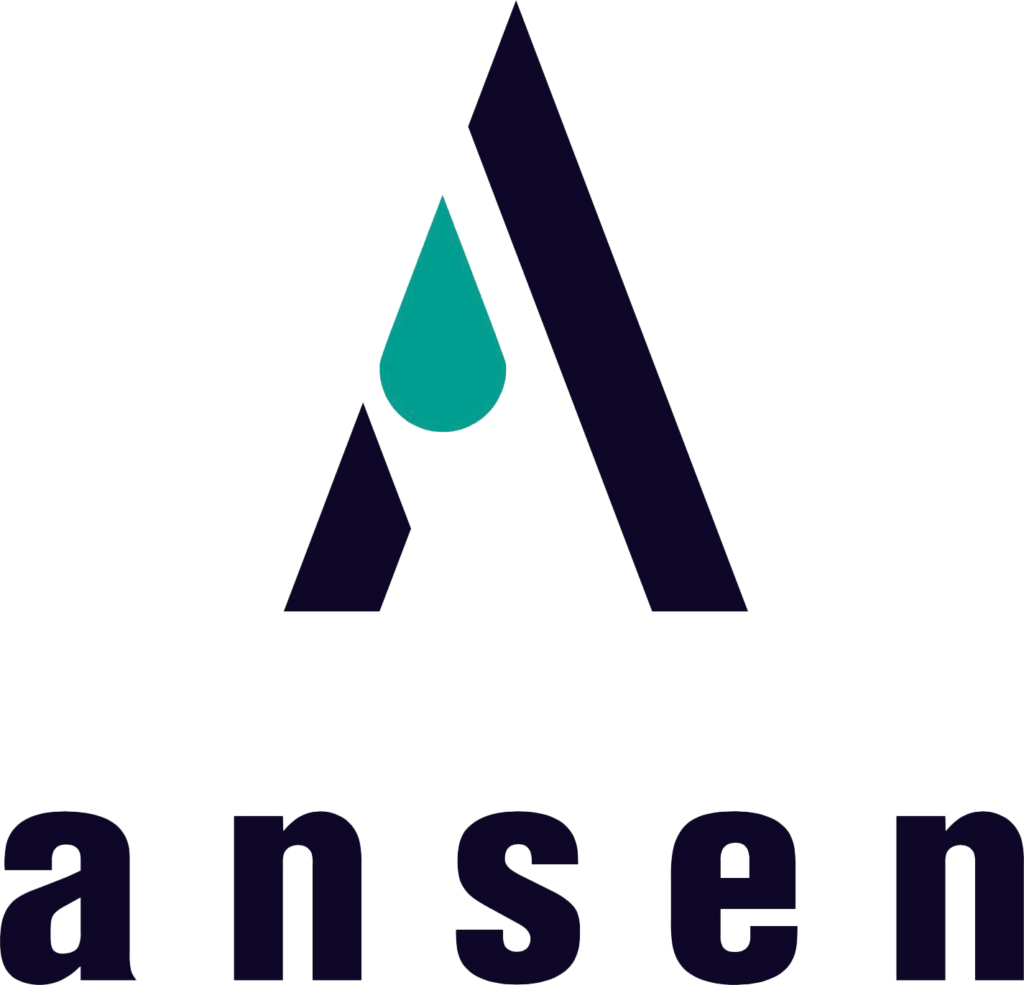About Us
Current Status of Water Management Systems Affecting Public Health
Since industrialization in the 1970s, concrete and epoxy paint have been widely used in water storage facilities such as reservoirs, service reservoirs, and water purification plants.
However, chlorine present in tap water corrodes epoxy paint, leading to leaching, unpleasant odors, and potentially increasing the risk of diseases such as cancer and dementia.
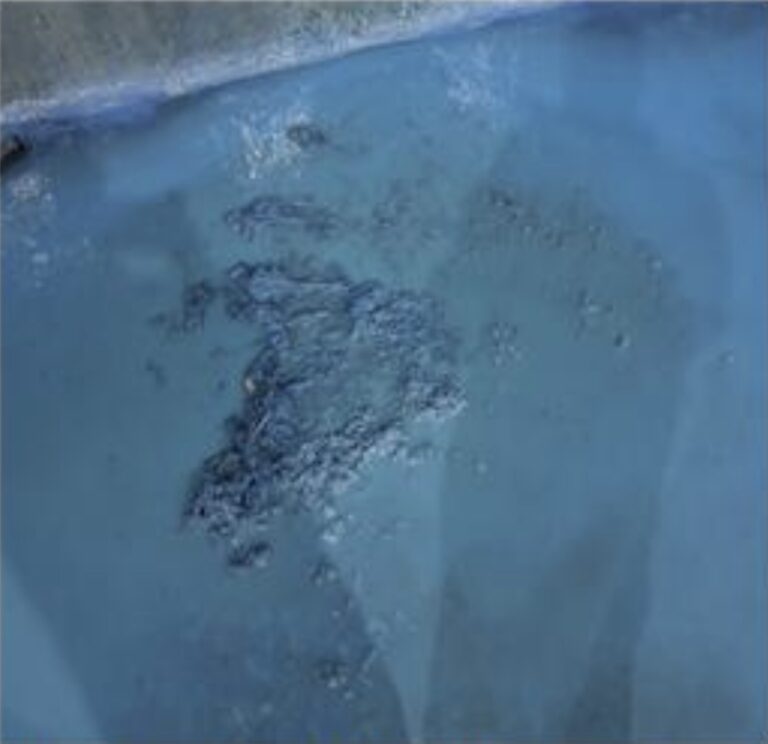
Management Status of Drinking Water Storage Facilities
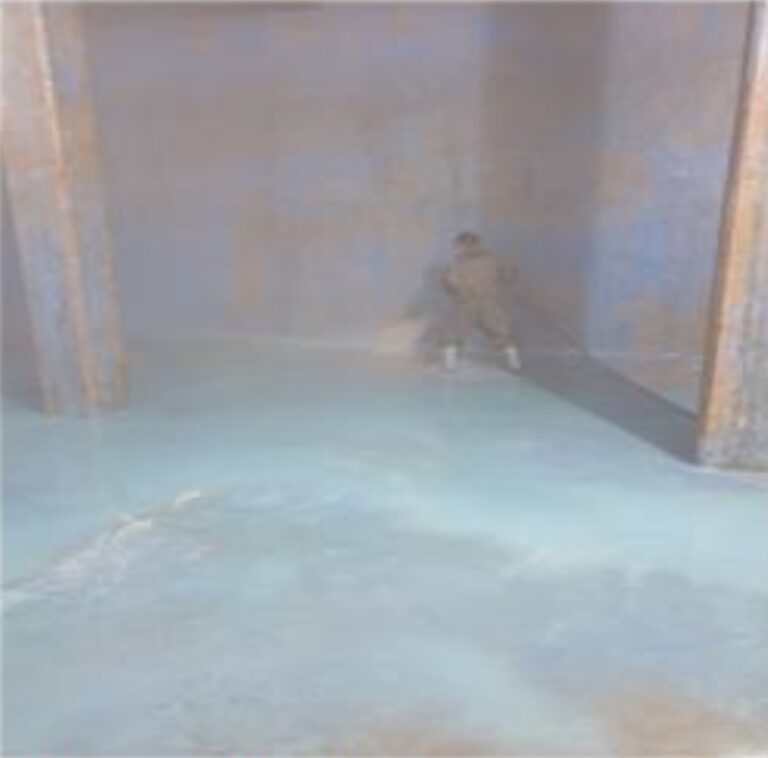
Leaching from Epoxy Paint
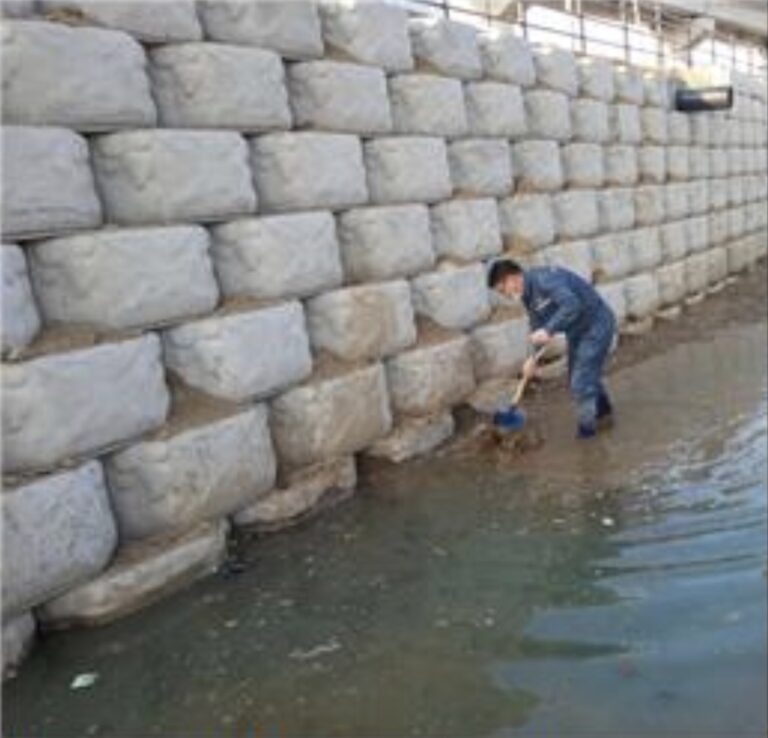
Pollution from Epoxy Paint on National Roads
Chlorine in tap water corrodes FRP, as confirmed by an internal report from “S” Electronics,
This was detected by glass particles in an external filter of a water tank.
This corrosion causes safety, quality, and environmental issues in ultra-fine semiconductor processes.
In 2012 and 2013, incidents involving FRP led to fatalities and fires.
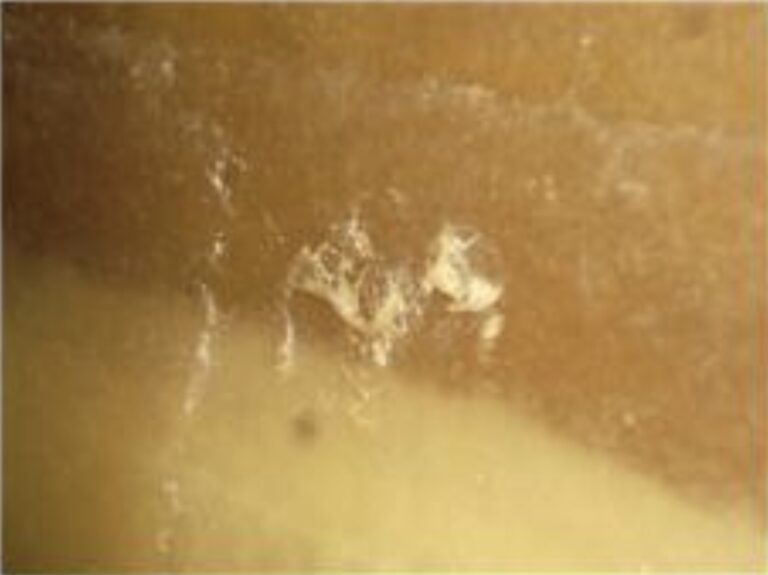
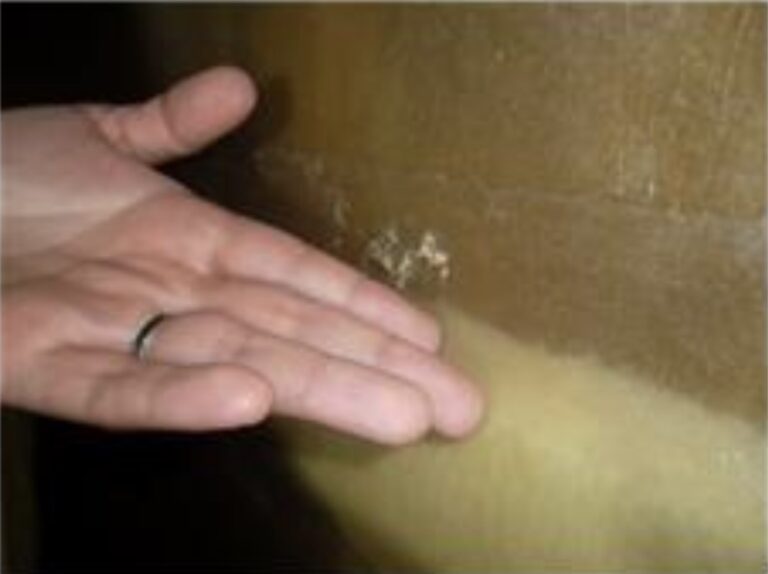
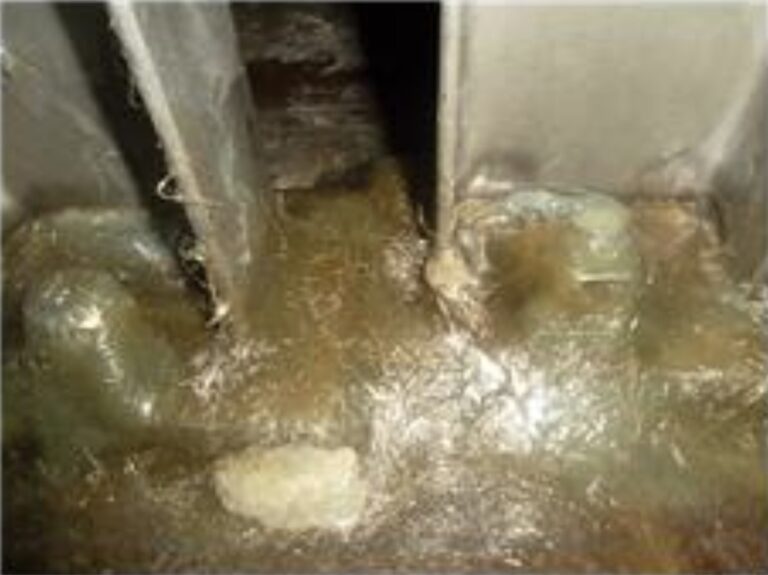
The use of corrosion-resistant, eco-friendly, semi-permanent materials such as polypropylene (the same material used in reusable water bottles and Lock & Lock containers).
Applied in government procurement since 2008, and in semiconductor companies such as “S” Electronics since 2014—currently implemented at numerous sites as of 2023.
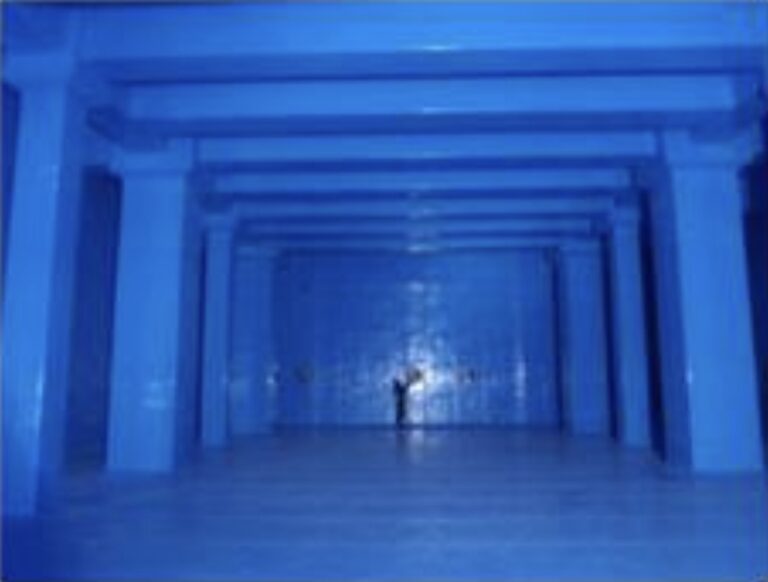
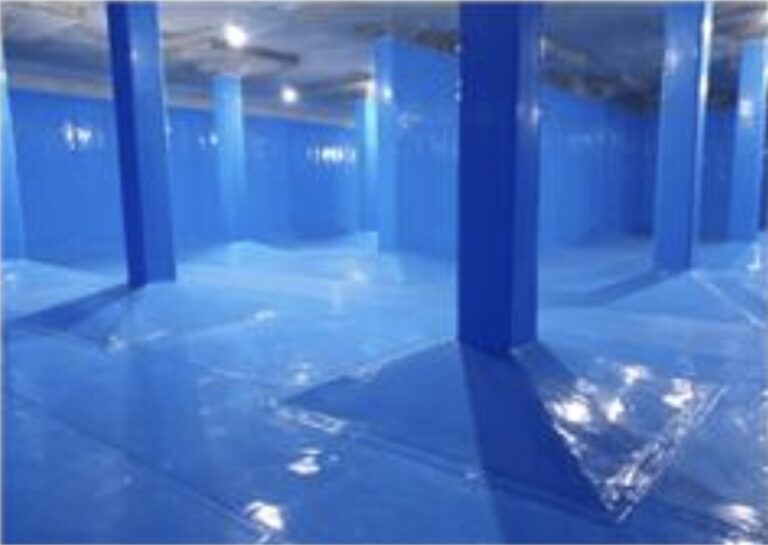
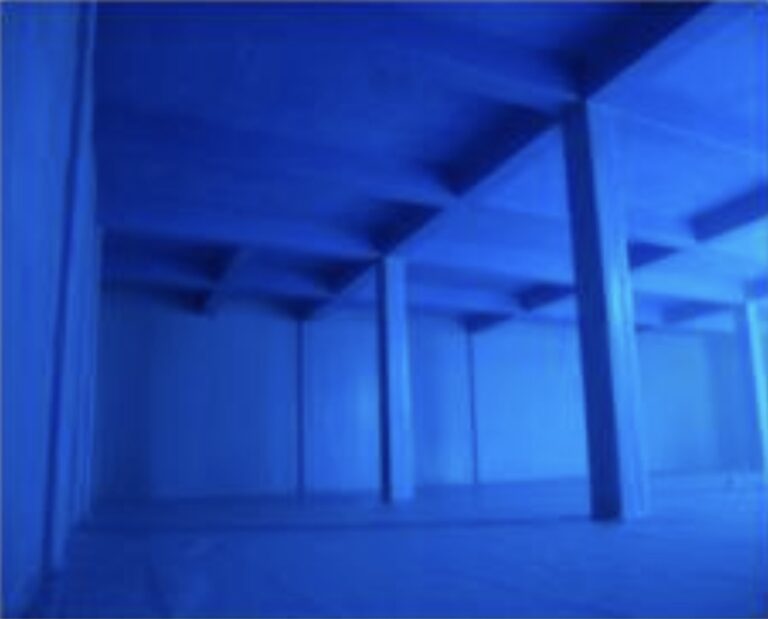
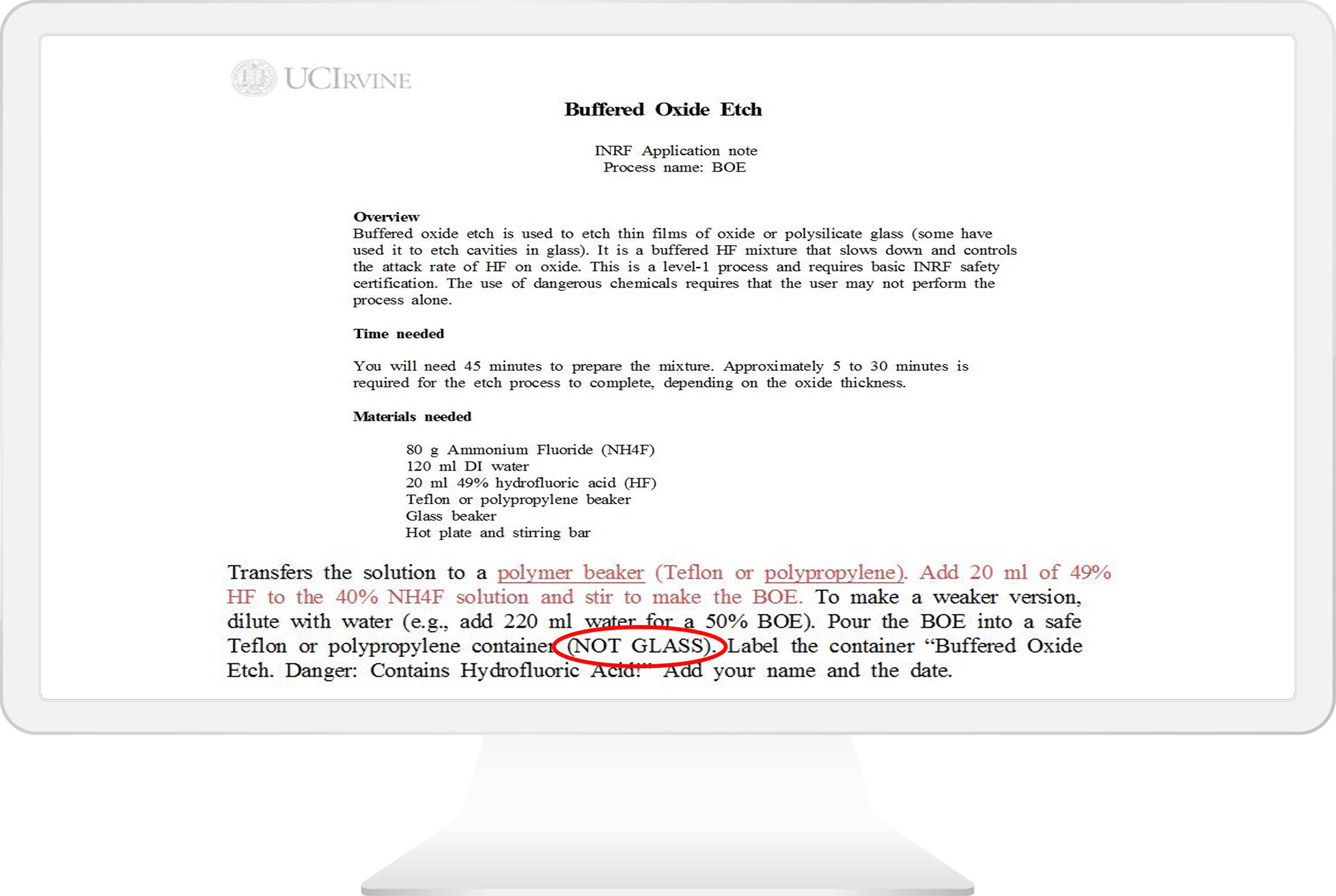
Containers for storing ammonium bifluoride and hydrofluoric compounds must be free of glass components.
FRP releases glass components over time, but PP products contain none.
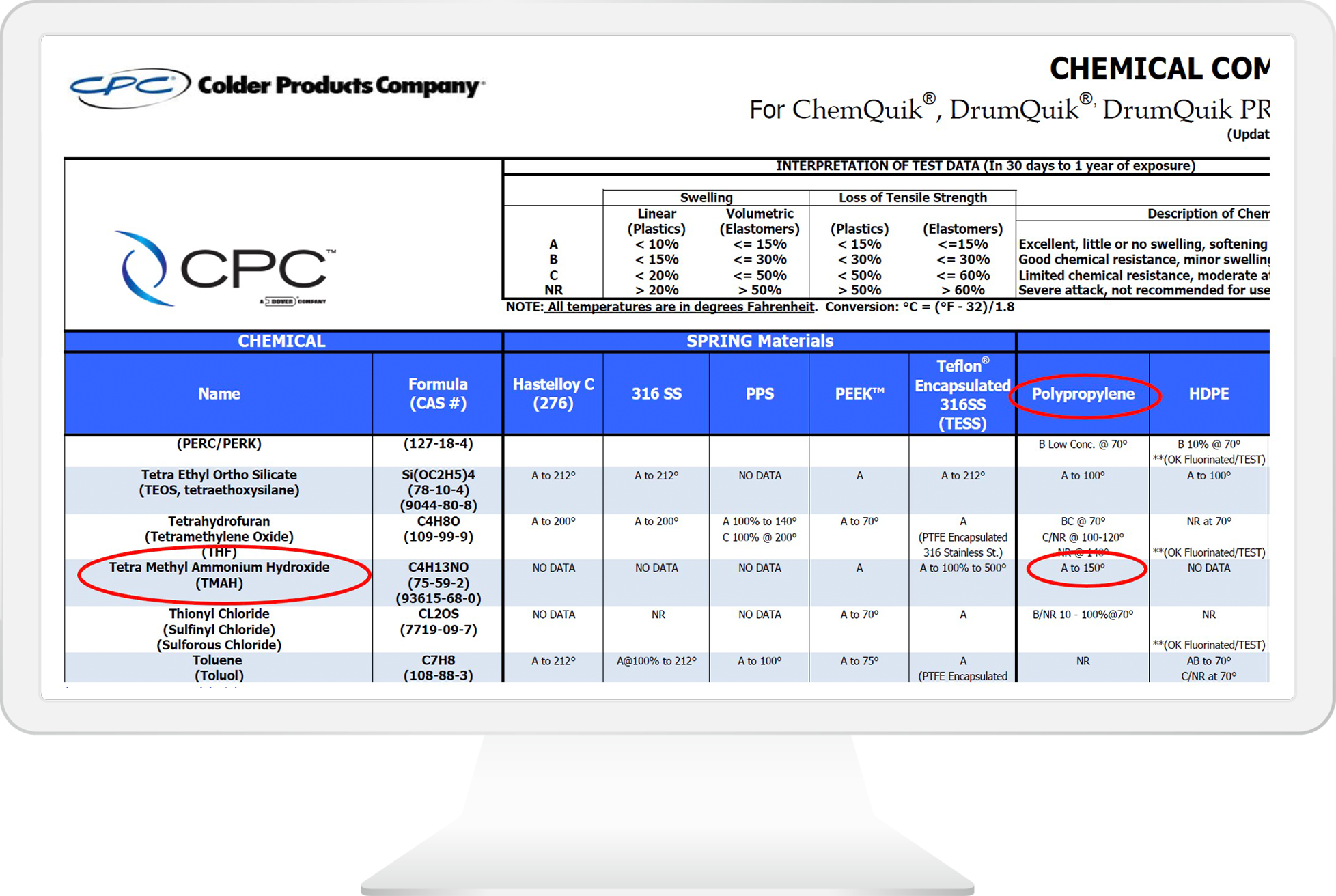
When storing TMAH (Tetramethylammonium Hydroxide), PP products can safely be used within the temperature range of 0°C to 150°C.
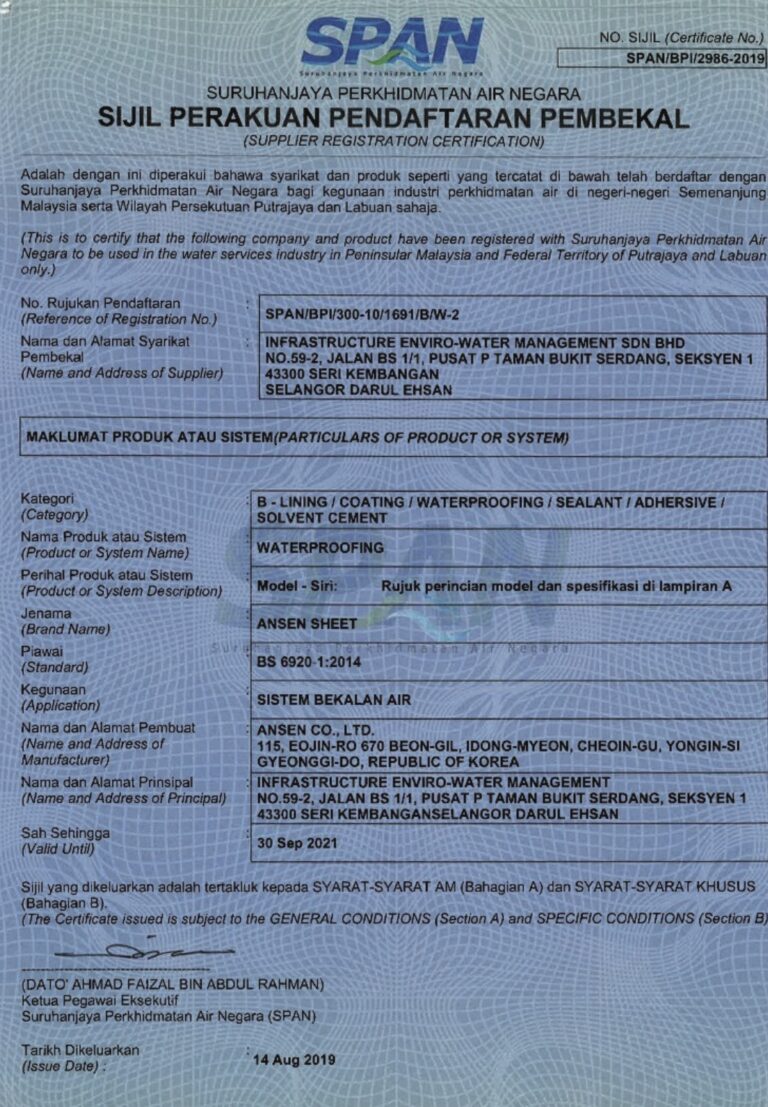
SPAN
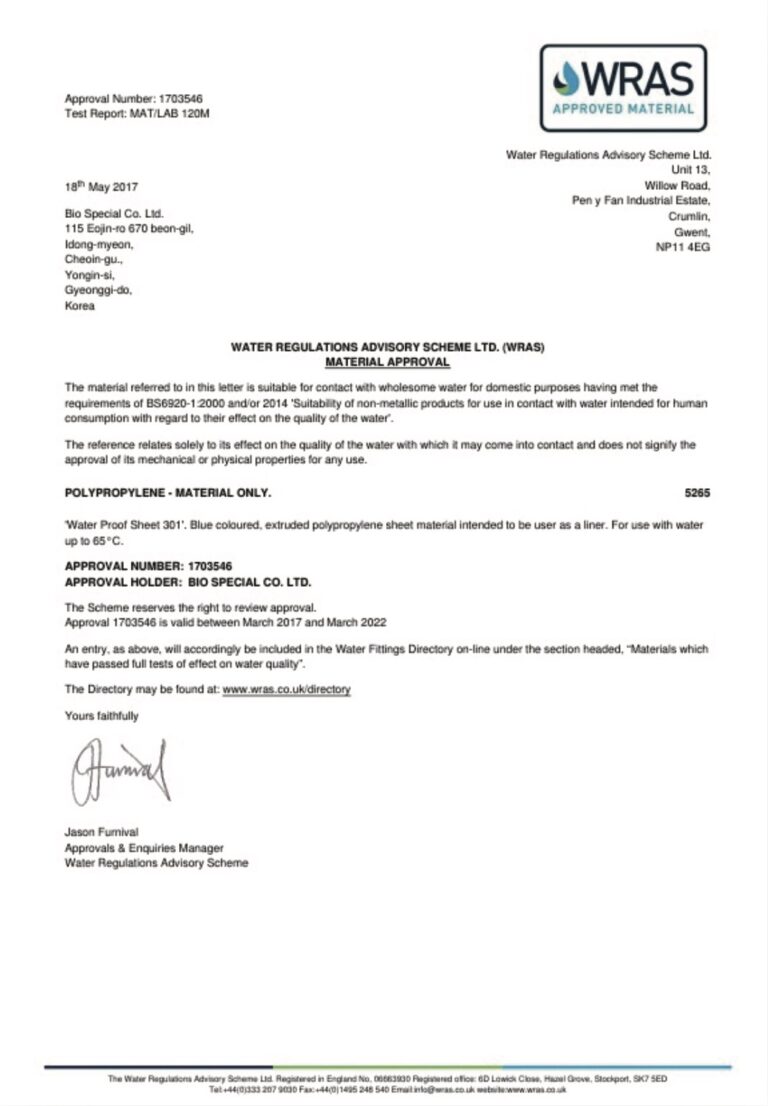
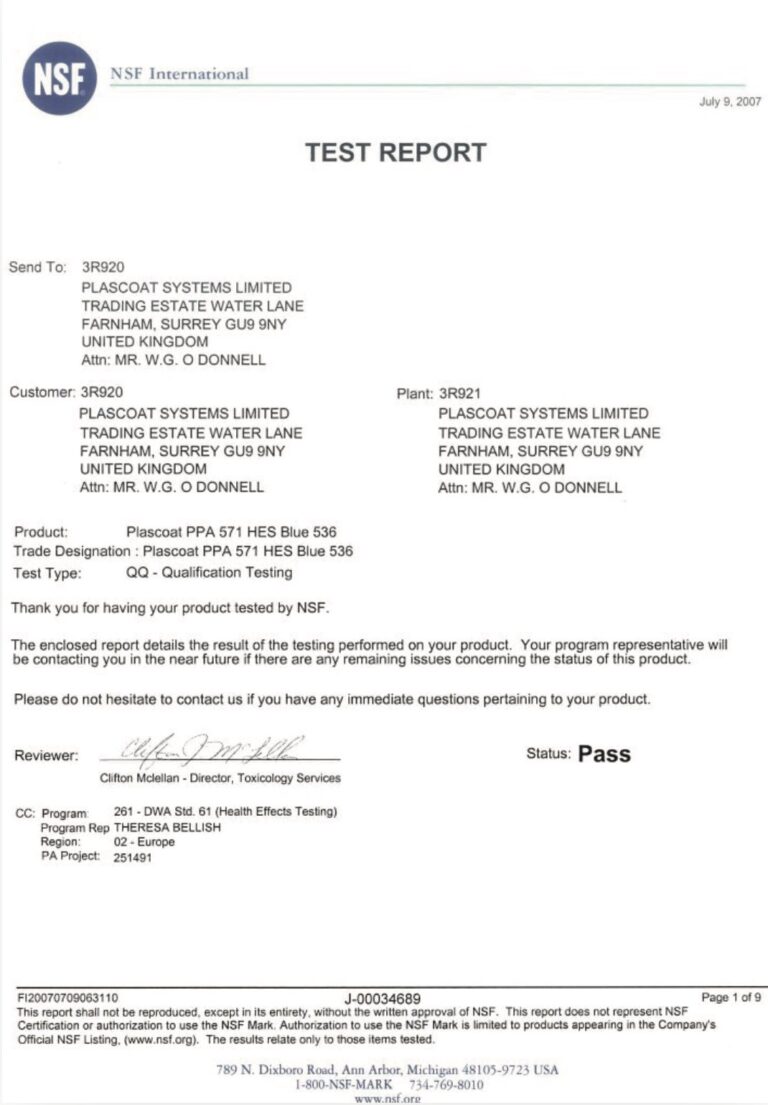
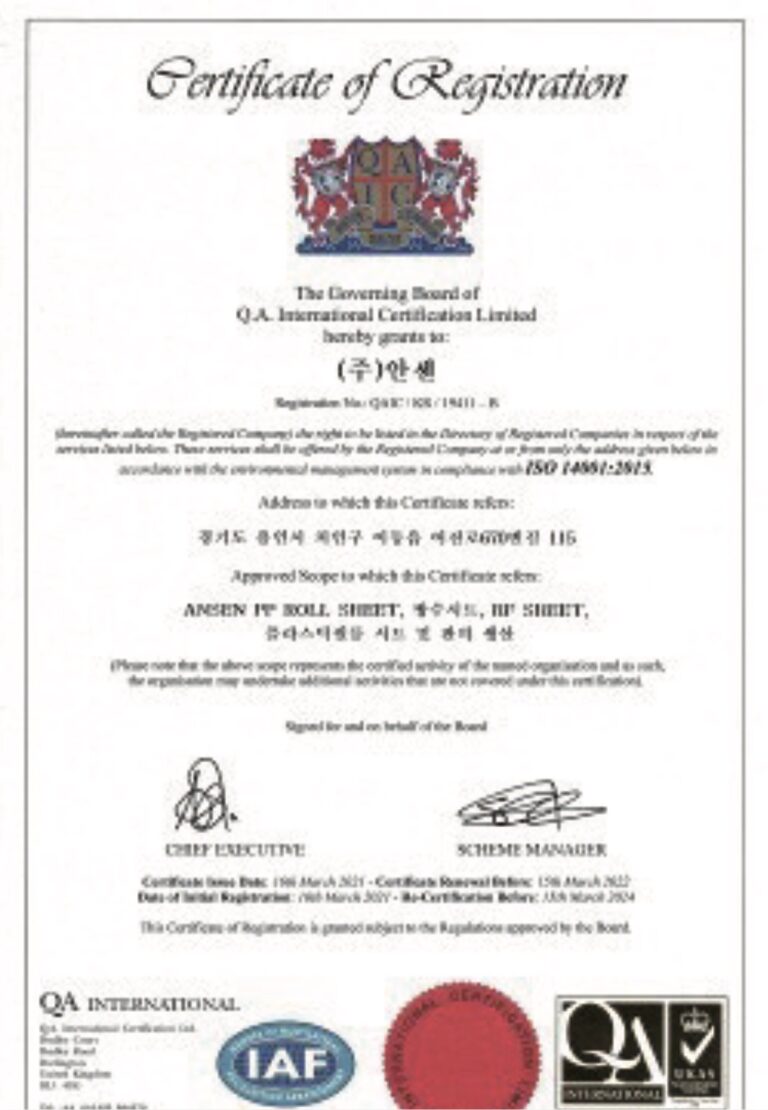
Ansen has received more than 10 Korean-recognized certifications in eco-friendliness, quality, innovation, and other areas. The company holds 14 patents.
We specialize in rooftops, roofs, water tanks, and chemical tanks, primarily serving Korean government facilities and large-scale projects.







